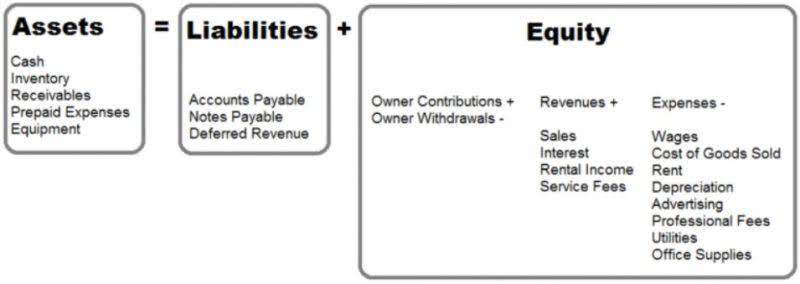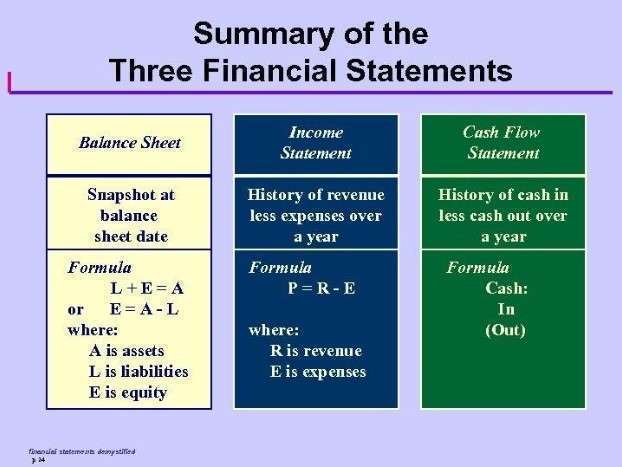
The rise of DTC brands and digital advertising across platforms show that consumers are looking for a personalized experience. The appearance category includes purchases like hair care and skin care products while the health category includes products like OTC medicine and at-home healthcare products. For example, in cleaning products, concentrated formula capsules embedded in dissolvable packaging eliminate single-use plastics. Beauty brands source rainforest alliance-certified extracts or containers made of ocean-bound plastic. Through small tweaks and systemic changes, CPG companies intertwine environmental stewardship into business operations.
Sustainability Initiatives in the CPG Industry
Even well-known companies must continuously invest in advertising in an ongoing effort to increase brand recognition and stimulate sales. While consumer demand for consumer packaged goods (sometimes known as CPGs) largely remains constant, it is still a highly competitive sector. This is primarily due to high market saturation and low cpg accounting consumer switching costs, where consumers can easily and cheaply switch their brand loyalties depending on price or quality (real or perceived).
- Revisiting the world of CPG, we see a dynamic industry marked by major players, innovative strategies, constant consumer engagement, and a commitment to sustainability.
- Loreal continues to grow by expanding its reach through its e-commerce presence, digital marketing strategies, and strong sustainable and ethical practices.
- Evolving daily habits and purchasing criteria also transform CPG innovation pipelines.
- The CPG sector directly employs over 20 million Americans in roles spanning manufacturing, marketing, logistics and more.
- These companies, such as Procter & Gamble, Coca-Cola, and PepsiCo, are subject to regulatory oversight and must adhere to strict reporting requirements.
Origins of the CPG Industry
The data-driven nature of the CPG industry is pushing manufacturers to embrace digital transformation. It specialises in the manufacturing, marketing and distribution of a variety of snack foods, drinks and various other products. The world’s largest cosmetics company, specialising in various products from hair colour to skincare and perfume. It is celebrity endorsed and uses the recognisable catchphrase, ‘Because you’re worth it’.
- Investments in cause marketing and philanthropy cement favorable brand images.
- Efficient supply chain management is critical for CPG companies to maintain product quality, meet demand, and control costs.
- People choose Nestle for its focus on responsible sourcing and on reducing its environmental footprint.
- An American food company that manufactures all sorts of spices, seasoning mixes and other products for catering and domestic use.
- Ingredients and scent profiles aim to convey efficacy claims and appeal to consumer preferences.
By Product
Dove, the very famous health, and beauty brand is owned by Unilever Company and is ranked amongst the Top 10 CPG Brands. The Consumer Packaged Goods have a shorter shelf life as they are majorly perishable in nature and the quality of the products deteriorates very quickly due to the environment and time factors. The high consumer demand is also one of the prime reasons for the fast moving of such goods and products. Brands must stay attuned to shifting preferences, such as the growing interest in natural and organic products or sustainable packaging. The Japanese multinational, Shiseido Company, specialises in personal care, producing everything from fragrances and cosmetics to skin care and hair care products.
These newcomers often focus on niche markets or innovative products, challenging established industry giants. The attention is also shifting towards sustainable products, as younger demographics are more conscious of the environment and seeking a better future for the planet. This is BziVibe’s list of the top 10 largest CPG companies by revenue & market cap in 2020.
Explore the latest trends, technologies, and strategies in procurement and supply chain management. Dive into insight-packed white papers, research reports, case studies, and webcasts to stay informed and lead the way. Learn more about GEP’s procurement and supply chain solutions for consumer retained earnings packaged goods (CPG) industry. Hitesh Bhasin is the Founder of Marketing91 and has over a decade of experience in the marketing field. He is an accomplished author of thousands of insightful articles, including in-depth analyses of brands and companies. Holding an MBA in Marketing, Hitesh manages several offline ventures, where he applies all the concepts of Marketing that he writes about.

As of 2020, Procter & Gamble is the 2nd largest CPG company in the world by revenue — generating USD 67.68 billion in revenues in 2019. P&G is also the 2nd largest CPG company by market cap with a current market cap of USD 228.8 billion. Consumer packaged goods, or Certified Bookkeeper fast-moving consumer goods (FMCG), are products that are sold quickly at a relatively low cost. This can include packaged foods, beverages, toiletries, over-the-counter drugs, and other consumables. This factsheet will answer the following questions about the CPG industry.

In response to changing consumer preferences, many companies are adopting sustainable practices, from eco-friendly packaging to ethical sourcing of ingredients. To foster consumer engagement and maintain brand loyalty, manufacturers and retailers are focusing on strategies like advertising, packaging, and personalized experiences. CPG stands for consumer packaged goods, while FMCG stands for fast-moving consumer goods. The difference lies in the frequency of purchase and the shelf life of the products. CPGs are products that are used daily and have to be replenished frequently, such as food, beverages, personal care items, and household products.
Consumer Packaged Goods (CPG) Industry Overview: 2024 & 2025
With trillions in annual worldwide sales and billions of global consumers, American CPG companies impact what people eat, drink, wear, and experience daily. Products launched domestically frequently achieve international fame – think Levi’s jeans, Chiquita bananas, or Pringles chips. So CPG constitutes a major US export shaping consumption habits across virtually every corner of the globe. Through exports and overseas operations, American CPG companies exert substantial influence over the global economy. Household names like Coca-Cola, McDonald’s, and Gillette have set the standard for food & beverage, QSR, and grooming categories worldwide. The marketing playbooks and operational blueprints refined domestically form the foundation to scale globally.
